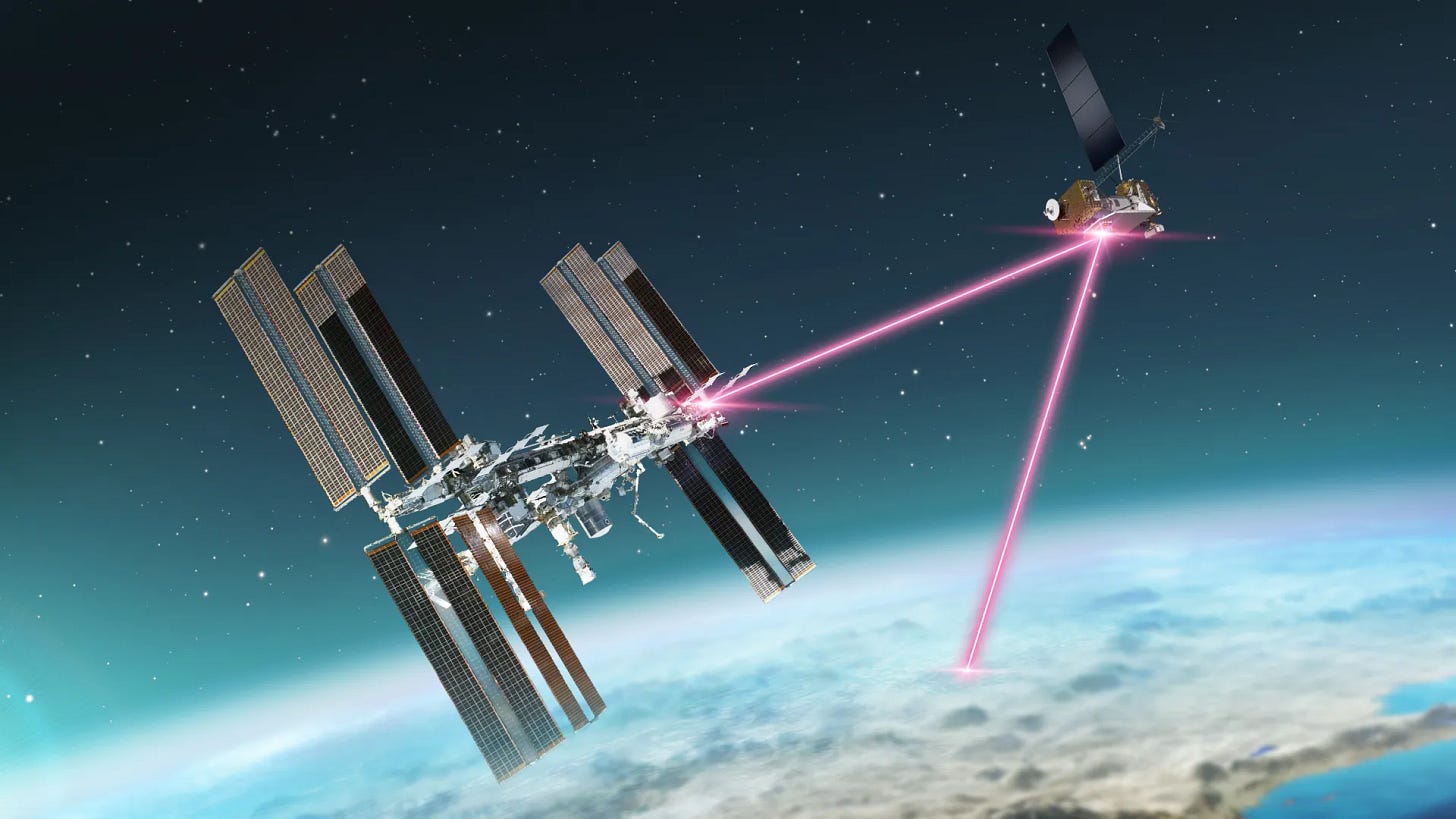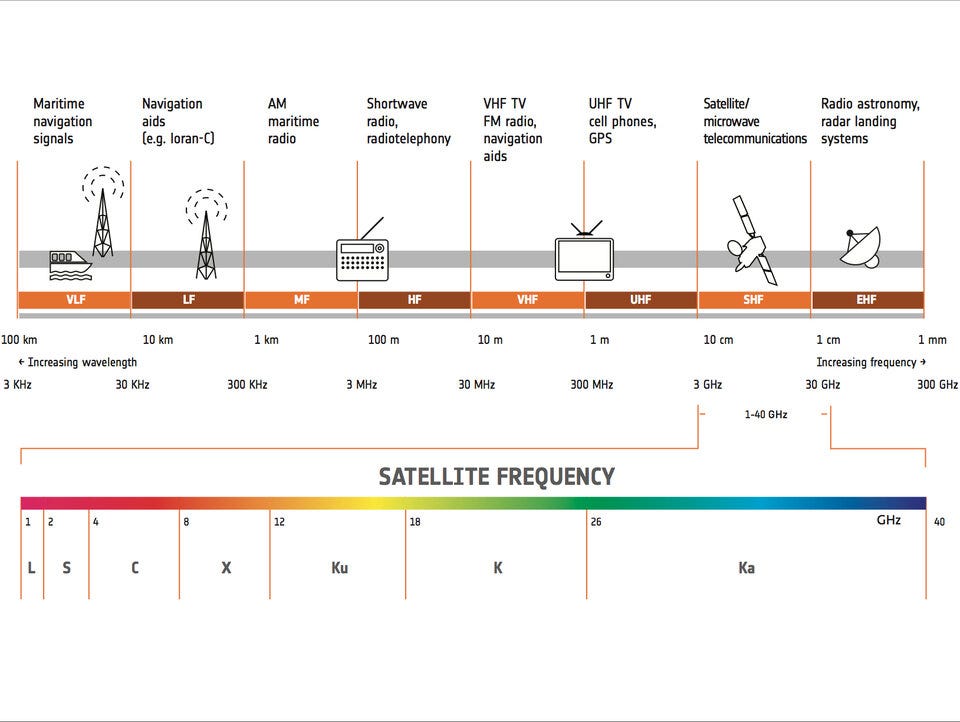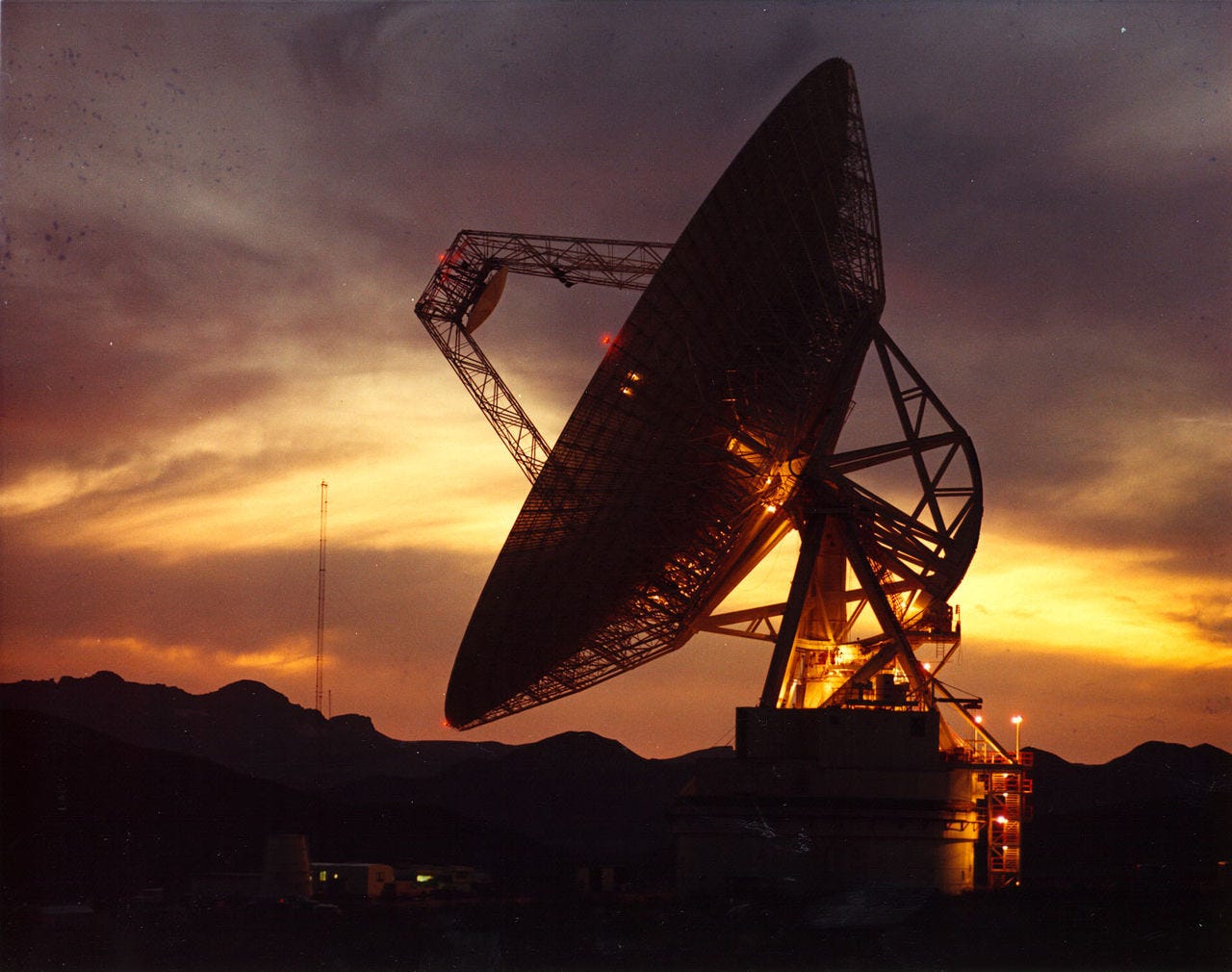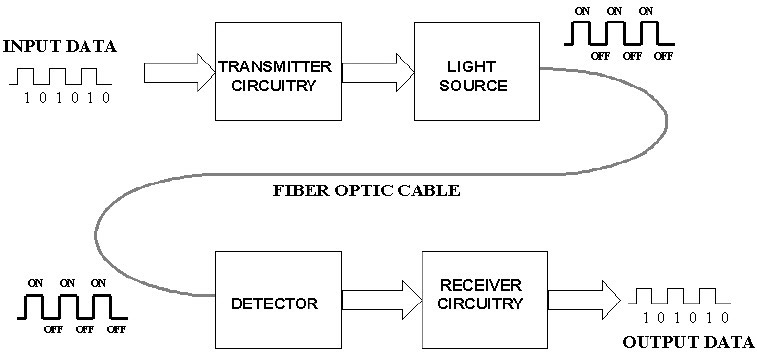Evolution of NASA’s Communication Techniques
From Radio Waves to High-Definition Streaming
Recent news article:
A team at NASA’s Glenn Research Center in Cleveland streamed 4K video footage from an aircraft to the International Space Station and back for the first time using optical, or laser, communications. The feat was part of a series of tests on new technology that could provide live video coverage of astronauts on the Moon during the Artemis missions.

NASA has always pushed the boundaries of human knowledge and capability, and its communication systems are no exception. From the early days of space exploration to modern missions, NASA has relied on sophisticated techniques to send information to and from space. This article explores the evolution of NASA's communication technologies, focusing on the role of radio waves and the recent advancements in high-definition video streaming.
The Role of Radio Waves in Space Communication
Radio waves have been the cornerstone of space communication since the inception of space exploration. These electromagnetic waves, with frequencies ranging from 3 kHz to 300 GHz, can travel long distances and penetrate through the vacuum of space, making them ideal for transmitting data between Earth and spacecraft.
Early Space Missions
The first successful use of radio waves for space communication was during the launch of Sputnik 1 by the Soviet Union in 1957. Sputnik transmitted a simple radio signal back to Earth, which could be detected by ground stations worldwide. Following this, NASA's early missions, such as Explorer 1 and the Mercury program, also relied on radio waves for communication.
Deep Space Network (DSN)
To support its growing number of missions, NASA established the Deep Space Network (DSN) in 1963. The DSN consists of three deep-space communication facilities located approximately 120 degrees apart around the world: in Goldstone, California; Madrid, Spain; and Canberra, Australia. This global configuration ensures continuous communication with spacecraft as the Earth rotates.
The DSN uses large parabolic antennas, also known as dish antennas, which can both transmit and receive radio waves. These antennas have grown in size over the years, from 26 meters in diameter in the 1960s to 70 meters today, allowing for greater sensitivity and the ability to communicate with spacecraft at increasingly distant locations.
Apollo Program
During the Apollo missions, NASA used S-band radio frequencies (2 to 4 GHz) for voice, telemetry, and television transmissions between the Apollo spacecraft and Earth. The S-band frequencies offered a good balance between data transmission rates and the ability to penetrate through the atmosphere. The use of radio waves was crucial in relaying the historic live television broadcast of the Apollo 11 moon landing in 1969.
Mars Missions
For missions to Mars, such as the Viking landers in the 1970s and the more recent rovers like Curiosity and Perseverance, NASA has used UHF (ultra-high frequency) and X-band (8 to 12 GHz) radio waves. The UHF band is typically used for communication between the rover and orbiting satellites, while the X-band is used for direct communication with Earth. The orbiters act as relay stations, significantly enhancing the data transmission rates and enabling high-resolution imagery and scientific data to be sent back to Earth.
Advances in Space Communication Technology
While radio waves have served NASA well for decades, the demand for higher data rates and better quality transmissions has driven the development of new communication technologies.
Ka-Band Communication
The Ka-band (26.5 to 40 GHz) is a higher frequency range than the X-band and offers significantly higher data transmission rates. NASA has begun incorporating Ka-band technology into its missions to support high-definition video, large data files, and more complex scientific data. The Mars Reconnaissance Orbiter, launched in 2005, was one of the first spacecraft to use Ka-band communication, enabling it to send back detailed images and data from Mars.
Optical Communication
Optical communication, or laser communication, represents a major leap forward in space communication technology. Using lasers to transmit data offers several advantages over traditional radio waves, including much higher data rates, reduced latency, and more secure communication channels. In 2013, NASA's Lunar Laser Communication Demonstration (LLCD) successfully transmitted data from lunar orbit to Earth at a rate of 622 Mbps, demonstrating the potential of optical communication for future missions.
Delay/Disruption Tolerant Networking (DTN)
DTN is another advancement aimed at improving communication reliability in space. Traditional internet protocols are not well-suited for the long delays and frequent disruptions encountered in space communication. DTN uses a "store-and-forward" approach, where data is temporarily stored at intermediate nodes until a reliable communication path is available. This ensures that data is not lost due to disruptions and can be transmitted more efficiently over long distances.
NASA’s Latest Innovation: High-Definition Video Streaming
4K video footage was routed from the PC-12 aircraft to an optical ground station in Cleveland. From there, it was sent over an Earth-based network to NASA’s White Sands Test Facility in Las Cruces, New Mexico. The signals were then sent to NASA’s Laser Communications Relay Demonstration spacecraft and relayed to the ILLUMA-T payload on the International Space Station. Video Credit: NASA/Morgan Johnson
In a recent milestone, NASA successfully streamed the first 4K video from an aircraft to the International Space Station (ISS) and back to Earth. This achievement, reported in June 2023, marks a significant advancement in space communication technology and opens up new possibilities for scientific research, education, and public engagement.
1. The Technology Behind 4K Streaming
The 4K streaming was made possible through a combination of advanced communication technologies, including:
Ka-Band and Optical Communication: The use of both Ka-band and optical communication enabled the high data rates required for 4K video transmission. These technologies provided the necessary bandwidth to transmit the large video files without significant compression, preserving the quality of the video.
Compression Algorithms: Advanced video compression algorithms were used to reduce the size of the 4K video files while maintaining high quality. These algorithms ensure that the video can be transmitted efficiently over the available communication channels.
Ground and Space-Based Relays: The communication involved both ground-based stations and space-based relays, including the Tracking and Data Relay Satellites (TDRS) and the ISS's communication systems. This network ensured continuous and reliable data transmission between the aircraft, the ISS, and Earth.
2. Applications and Implications
The ability to stream high-definition video from space has numerous applications and implications:
Scientific Research: High-definition video can provide scientists with more detailed observations of experiments conducted in microgravity, enabling better analysis and understanding of the results.
Educational Outreach: Live 4K video from the ISS can be used for educational purposes, allowing students and the public to experience space exploration in unprecedented detail. This can inspire the next generation of scientists, engineers, and astronauts.
Public Engagement: High-quality video streaming can enhance public engagement with space missions, providing a more immersive and captivating experience. This can increase public support for space exploration and NASA's missions.
Operational Monitoring: Real-time high-definition video can be used to monitor the health and status of spacecraft, equipment, and astronauts. This can improve the ability to detect and respond to issues promptly, enhancing the safety and success of missions.
NASA's reliance on radio waves for space communication has enabled remarkable achievements in space exploration, from the early missions of the 1950s to the sophisticated Mars rovers of today. The development of new technologies, such as Ka-band communication, optical communication, and delay/disruption tolerant networking, continues to push the boundaries of what is possible.
The recent success in streaming 4K video from an aircraft to the ISS and back demonstrates the potential of these advancements to revolutionize space communication. As NASA prepares for future missions to the Moon, Mars, and beyond, these technologies will play a crucial role in ensuring reliable, high-quality communication between Earth and the far reaches of our solar system.





